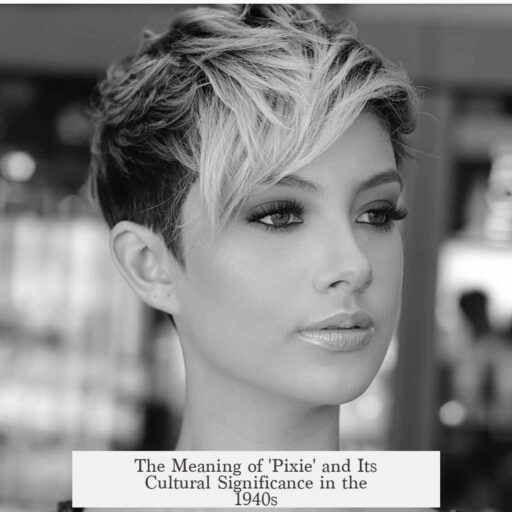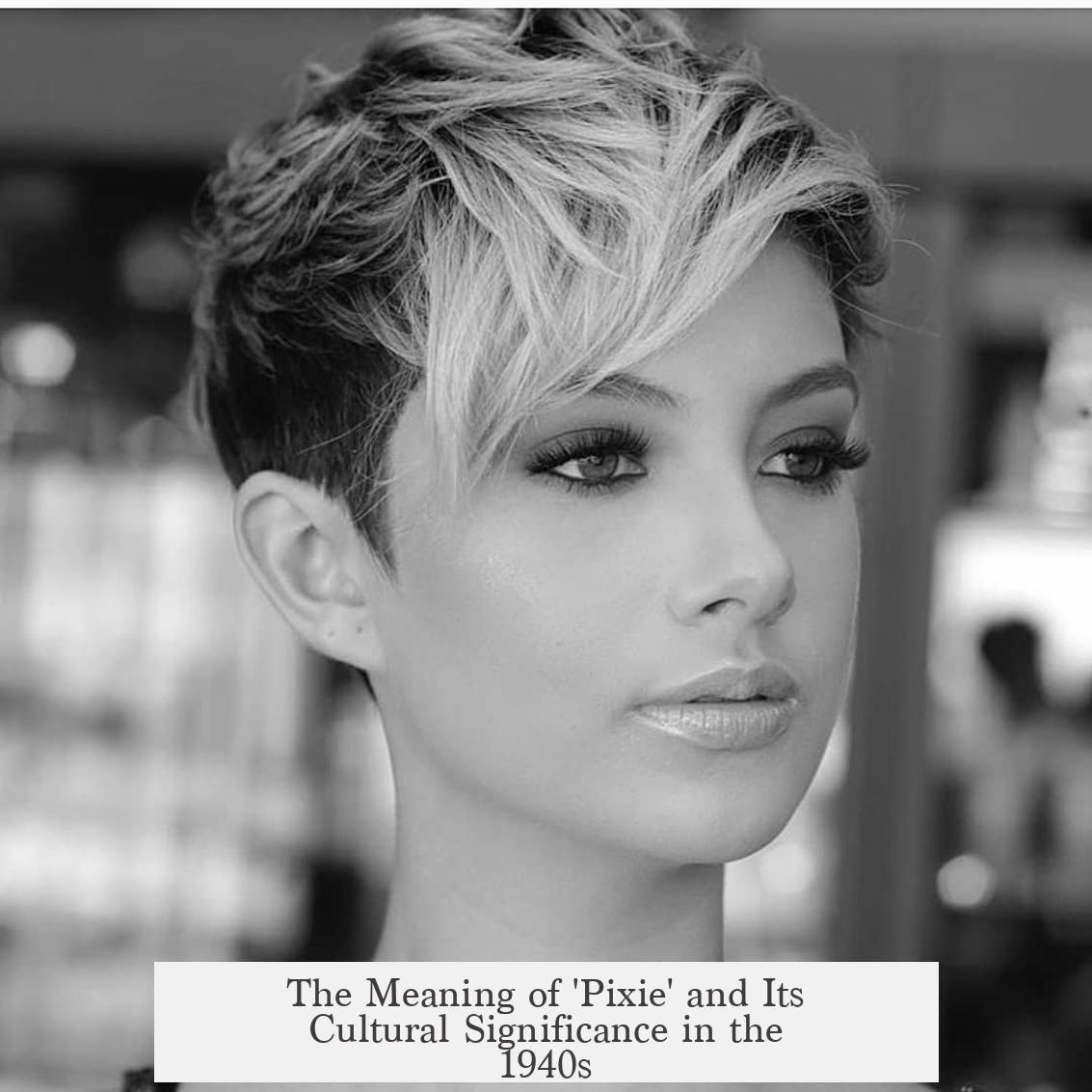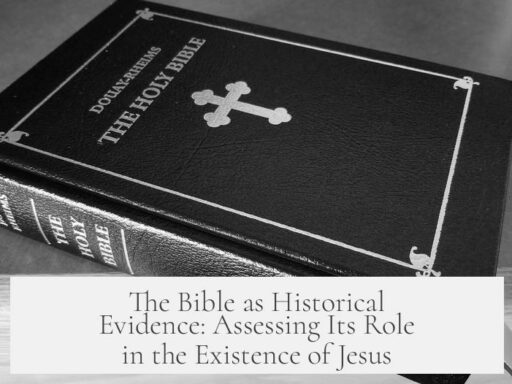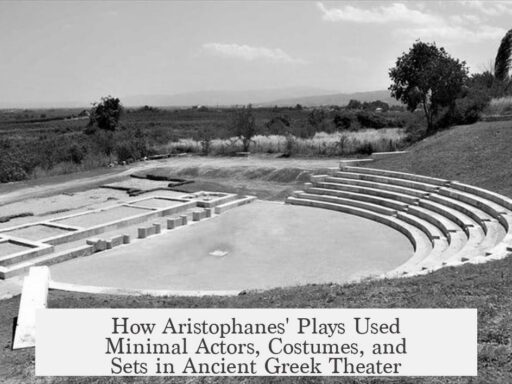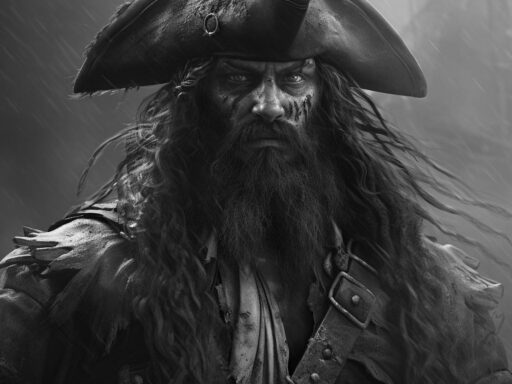In the 1940s, the term “pixie” had dual meanings: it was both a fashion-related term symbolizing youthful modernity and a euphemistic slur linked to perceived effeminacy or homosexuality.
The most visible and positive use of “pixie” in the 1940s referred to the “pixie cut,” a short hairstyle that embodied rebellion against traditional femininity. It reflected a youthful, androgynous look and symbolized freedom from conservative beauty norms. Women adopting this style sought to convey independence and modernity during a decade marked by social shifts. The pixie cut emerged as a fresh alternative to the long hairstyles that once defined conventional womanhood.
Alongside hairstyles, “pixie” also related to fashion items like the “pixie hat,” which appeared in 1940s London fashion. It described various small, chic women’s hats that came in and out of style through the mid-20th century. These hats were part of broader post-Depression and wartime fashion trends reflecting new attitudes and expressions of identity. The pixie hat and haircut both contributed to a modern, youthful image.
On the other hand, “pixie” carried a very different meaning in certain social and slang contexts of the 1940s. It was used as a softer, more family-friendly euphemism for the slur “fairy,” a derogatory term aimed at gay men. In popular culture and dialogue, calling someone a “pixie” implied that the person was effeminate or involved in same-sex attraction, but with less direct harshness than other slurs.
For example, in dialogue from the era, one character might tease another by calling him a “pixie” to question his masculine identity or sexuality. This insult was often linked to behaviors or preferences regarded as unmanly, such as ordering mild drinks instead of hard liquor. The term thus functioned as a coded way to question or undermine a man’s masculinity, reflecting social attitudes that equated certain traits with homosexuality.
This layered use of “pixie” mirrors 1940s social dynamics, where language about gender and sexuality was often indirect owing to societal taboos. The word operated within a complex cultural backdrop of wartime uncertainty, emerging youth culture, and evolving norms around gender roles.
In summary, the 1940s usage of “pixie” can be divided into two primary categories:
- Fashion and hairstyle: “Pixie cut” and “pixie hat” symbolized modernity, youth, and breaking from old-fashioned femininity.
- Slang and social insult: “Pixie” served as a mild slur akin to “fairy,” used to imply effeminacy or homosexuality, often to mock or question masculinity.
The term captures the era’s contradictory forces—between progressive self-expression and conservative social policing.
| Aspect | Meaning and Context |
|---|---|
| Pixie Hairstyle | Short haircut linked to youthful rebellion and freedom from traditional gender norms. |
| Pixie Hat | Women’s fashion accessory appearing in 1940s London, varying in style and associated with contemporary trends. |
| Pixie as Slur | Milder alternative to “fairy,” used as an insult implying effeminacy or homosexuality in men. |
The pixie cut’s emergence in the 1940s paralleled wider societal changes following the Great Depression and during World War II. Women entered the workforce, challenged gender norms, and embraced new freedoms. Likewise, slang terms evolved to express social tensions, including covert references to sexuality. “Pixie” neatly encapsulates these shifts, illustrating how language and style encoded attitudes toward gender and identity.
- “Pixie” meant both a short hairstyle symbolizing youth and modernity and a euphemistic slur related to effeminacy or homosexuality.
- The pixie cut reflected a break from traditional femininity in wartime and post-Depression culture.
- “Pixie” as slang functioned as a mild insult calling into question masculinity in coded language.
- Pixie hats emerged as part of women’s fashion in 1940s London, linked to evolving style trends.
- The dual meaning shows the era’s tension between progressive expression and social conservatism.
